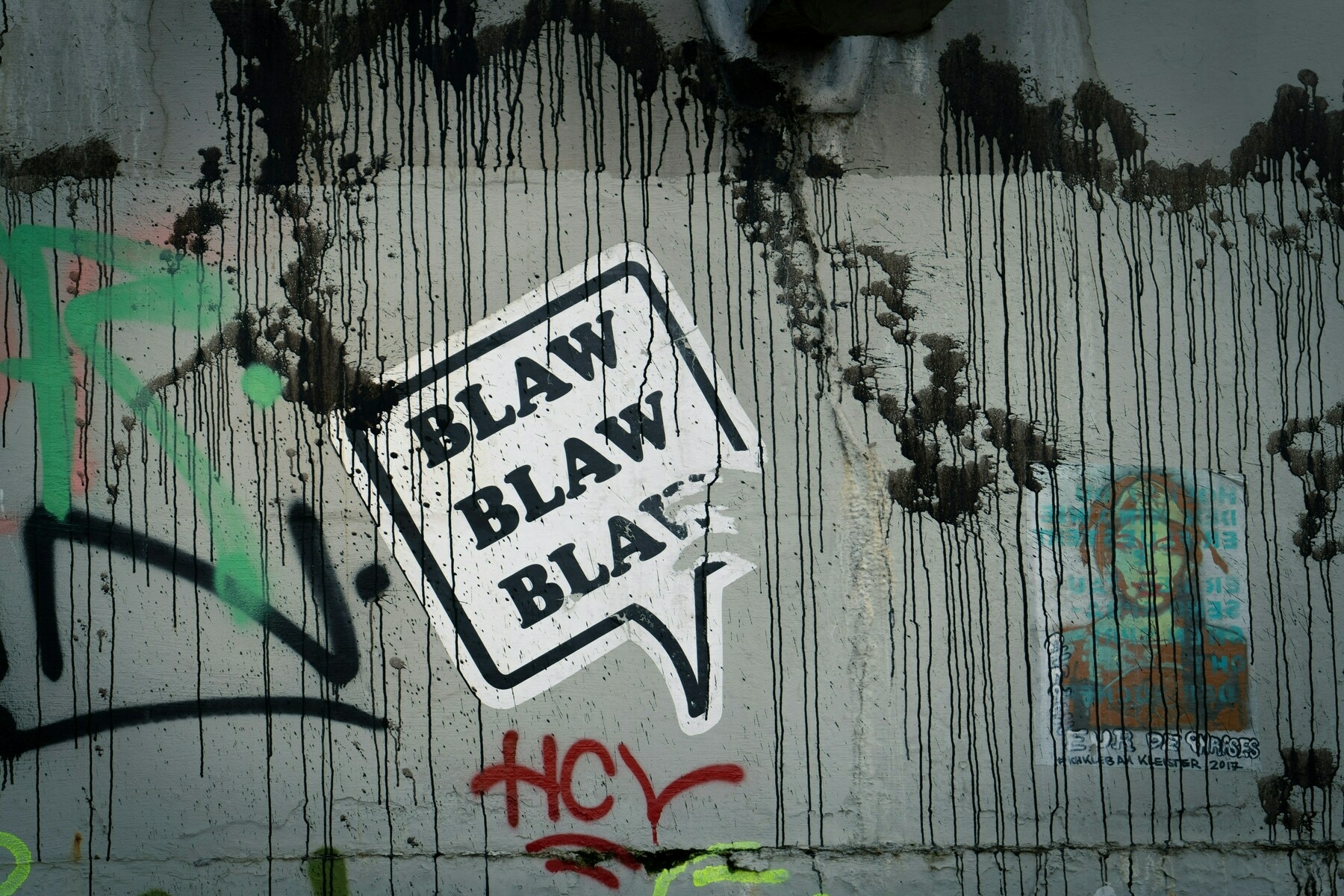The words we use define boundaries for things, but those boundaries are not universal

I’m immensely grateful to Laura Hilliger for sharing this post. While it covers familiar ground for me (Wittgenstein on games! People that categorise colours differently! The interconnectedness of everything!) it’s a good reminder for me to get back to writing about ambiguity.
It’s 14 years since I wrote an article with my thesis supervisor about ambiguity, and I’ve been fascinated by the topic ever since. I reckon one of the best things you can do to open your mind to all of this is read books like Alice’s Adventures in Wonderland (which I quote in that article) or Flatland. Of course, the danger with doing too much philosophical thinking is that you tear a hole in reality, poke your head through to the other side, and things are never the same again…
First, I’ll explain how language is a very flimsy and arbitrary tool in itself. It’s deceptively simple—even children can use it—yet it’s built on a mountain of assumptions and contingencies that could really be chosen any other way. Second, I’ll try to make the point that, regardless of how precise or imprecise our language is, our habit of distinguishing things from one another doesn’t seem to be justified by how reality is built.
[…]
To begin with, human language gives you the impression of being able to categorize things with names. Our words feel so clear, so unambiguous in our daily lives, that any ambiguity or fuzziness becomes instinctively repulsive to us. We consult dictionaries, we ask for clarifications, we argue and get upset over the “real” meaning of “free will”, “justice”, “consciousness”, and “I’m fine”. Of course we know that words can’t be all that precise, that their meaning depends on context, and so on, but that’s still underestimating just how unreliable they are.
[…]
My point is: the words we use define boundaries for things, giving us handy ways to tell things apart, but those boundaries are not universal. They’re not “in the world”, they’re practical shortcuts that exist only in human heads. If you look really closely, or if you look at the science, there is no strong reason to draw those lines one way or another. There is no defensible distinction between a mountain and a mountain range, or between a mountain range and the Earth’s crust, or between the Earth’s crust and the Earth. A mountain is the Earth, and calling it a “part” of it is a convention that suits us when we want to talk about going places, or studying cloud formations, and other very human goals. Some things seem to have more clear-cut separations between them, like the boundary between an egg’s shell and the air, but even then the demarcation is clear only under certain conditions (i.e. a certain range of temperatures and air pressures) and size scales (i.e. not at the atomic level or in terms of astronomical distances) and time scales (i.e. the egg stops existing as a distinguishable object after a while).
[…]
Now we’ve gone beyond the realm of language, and are talking about the very nature of reality. The universe is one seamless, uninterrupted network of rippling and overlapping differences, and words merely project fuzzy boundaries that need only work well enough for our temporary and circumstantial needs. Even in very limited contexts where the words are relatively precise, our choice of terms to describe anything is arbitrary. In truth, everything is interacting, directly or indirectly, with everything else, and there is no obligatory, objective way to cut that web into separate entities. Nature has no “boundary-formation law” nor requirements for things to clump together and stay clumped long enough that we can give them names. In fact, the laws we have are all about energy transformations and waves and forces pushing and pulling stuff around: none are about keeping things still.
And yet, things do clump together, and they do remain still or stable, and we do have enough time to make up labels for them. The stability we take for granted—from that of the solid objects we see and touch to that of long-lasting processes like photosynthesis and life itself—seems to be some kind of freak accident. Stability comes as a side effect of mutability.
Source: Plankton Valhalla
Image: Mika Baumeister